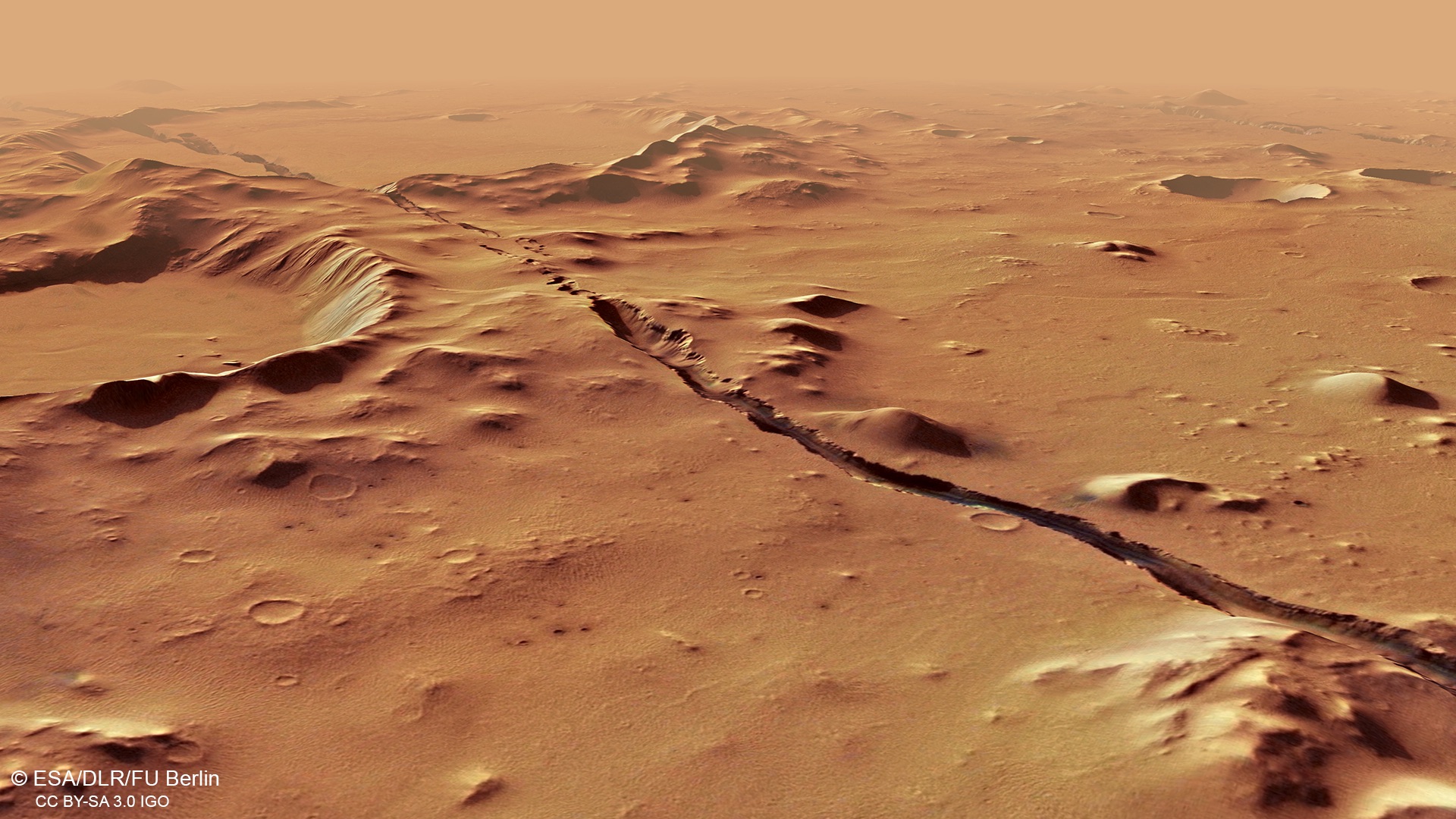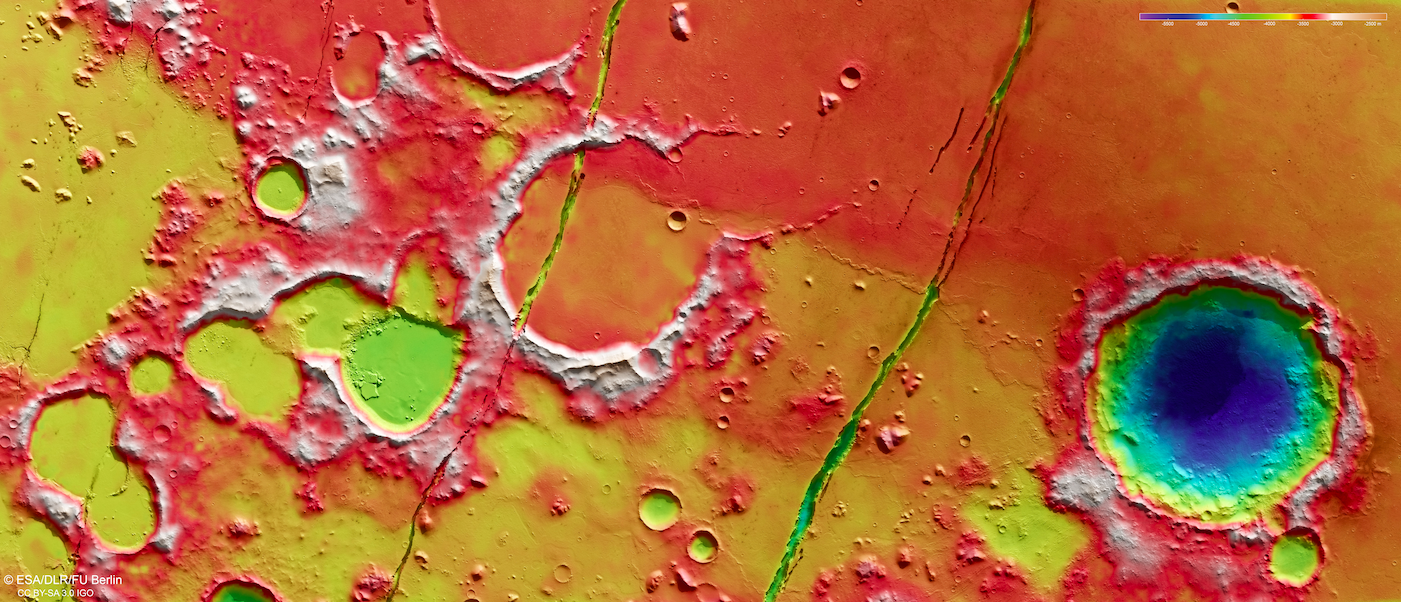Magma on Mars may be bubbling underground right now

Magma may still burble and bubble on Mars today, a new study suggests.
Scientists know that Mars was volcanically active long ago. For example, NASA's Perseverance rover has encountered volcanic rocks on the floor of Jezero Crater, which hosted a lake and a river delta in the distant past.
And Mars hosts the 16-mile-high (25 kilometers) Olympus Mons, a shield volcano that covers as much area as the state of Arizona. Olympus Mons, and its less-celebrated neighbor peaks in the Red Planet's Tharsis Montes region, likely started growing billions of years ago, scientists say.
That growth may be ongoing. Researchers have been finding more and more clues that Martian volcanic activity extended into the recent past, and perhaps has even continued to the present day. The new study, which is based on observations by NASA's InSight Mars lander, adds fuel to this rock-melting fire.
Related: 10 incredible volcanoes in our solar system (images)
InSight touched down near the Red Planet's equator in November 2018 on a mission to detect and characterize marsquakes. Analyses of the lander's data are helping scientists learn more about the Martian interior, including the planet's bulk composition and the size of its core.
InSight has measured more than 1,300 marsquakes to date. In the new study, researchers analyzed a subset of roughly 20 temblors that originated in Cerberus Fossae, a region of parallel fissures that lies about 11 degrees north of the Red Planet's equator.
Breaking space news, the latest updates on rocket launches, skywatching events and more!
Characteristics of these quakes suggest that they're being spawned in a warm subsurface locale. Magma, or underground lava, formed by volcanic activity is one explanation that would fit the bill nicely, study team members said.
In addition, photos taken by Mars orbiters show deposits of relatively dark dust extending outward from Cerberus Fossae in multiple directions.
"The darker shade of the dust signifies geological evidence of more recent volcanic activity, perhaps within the past 50,000 years — relatively young, in geological terms," study lead author Simon Staehler, a researcher at the Institute of Geophysics at ETH Zurich in Switzerland, said in a statement.
"It is possible that what we are seeing are the last remnants of this once active volcanic region, or that the magma is right now moving eastward to the next location of eruption," he said.
Though more work is needed to confirm and flesh out the new results, which were published online today (Oct. 27) in the journal Nature Astronomy, "the evidence of potential magma on Mars is intriguing," co-author Anna Mittelholz, a postdoctoral fellow at ETH Zurich and Harvard University, added in the same statement.
InSight (short for "Interior Exploration using Seismic Investigations, Geodesy and Heat Transport") may not be able to keep logging marsquakes for long. Dust has been building up on its solar panels for a while now, making operation beyond this winter unlikely, and a big Martian dust storm could turn out the lander's lights at pretty much any time.
Mike Wall is the author of "Out There" (Grand Central Publishing, 2018; illustrated by Karl Tate), a book about the search for alien life. Follow him on Twitter @michaeldwall. Follow us on Twitter @Spacedotcom or on Facebook.

Michael Wall is a Senior Space Writer with Space.com and joined the team in 2010. He primarily covers exoplanets, spaceflight and military space, but has been known to dabble in the space art beat. His book about the search for alien life, "Out There," was published on Nov. 13, 2018. Before becoming a science writer, Michael worked as a herpetologist and wildlife biologist. He has a Ph.D. in evolutionary biology from the University of Sydney, Australia, a bachelor's degree from the University of Arizona, and a graduate certificate in science writing from the University of California, Santa Cruz. To find out what his latest project is, you can follow Michael on Twitter.

